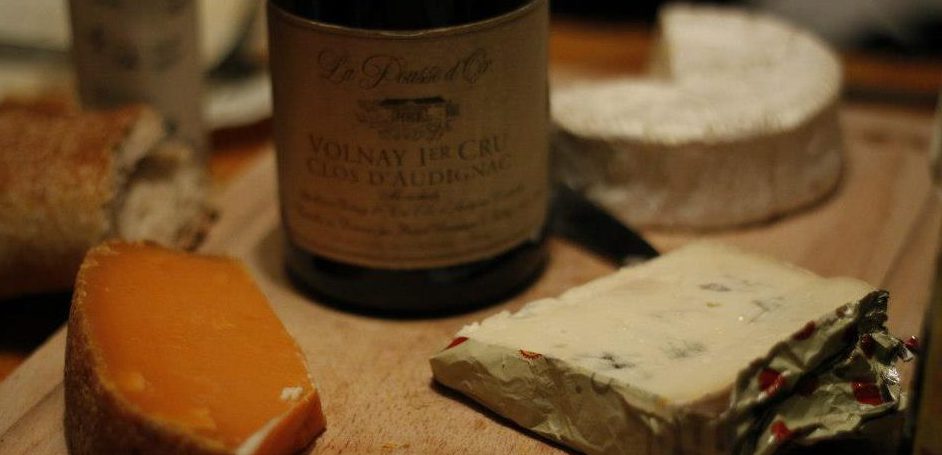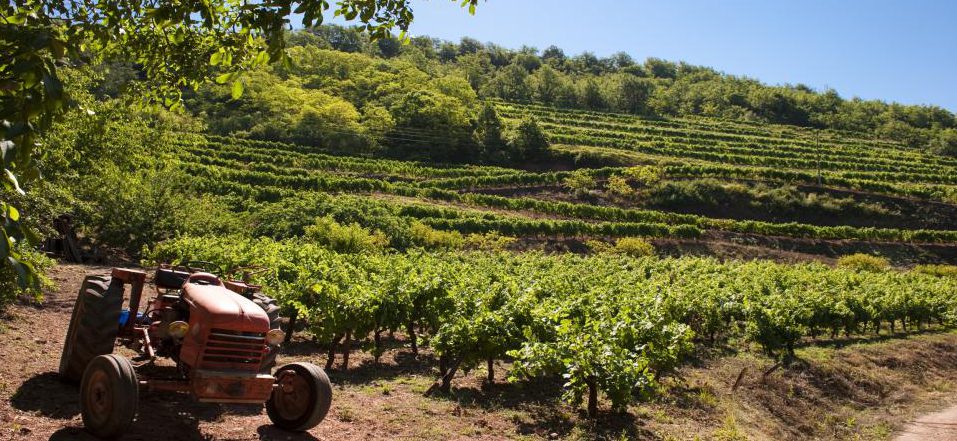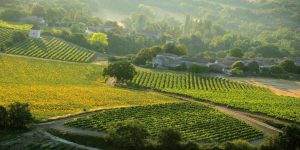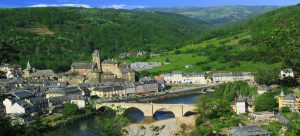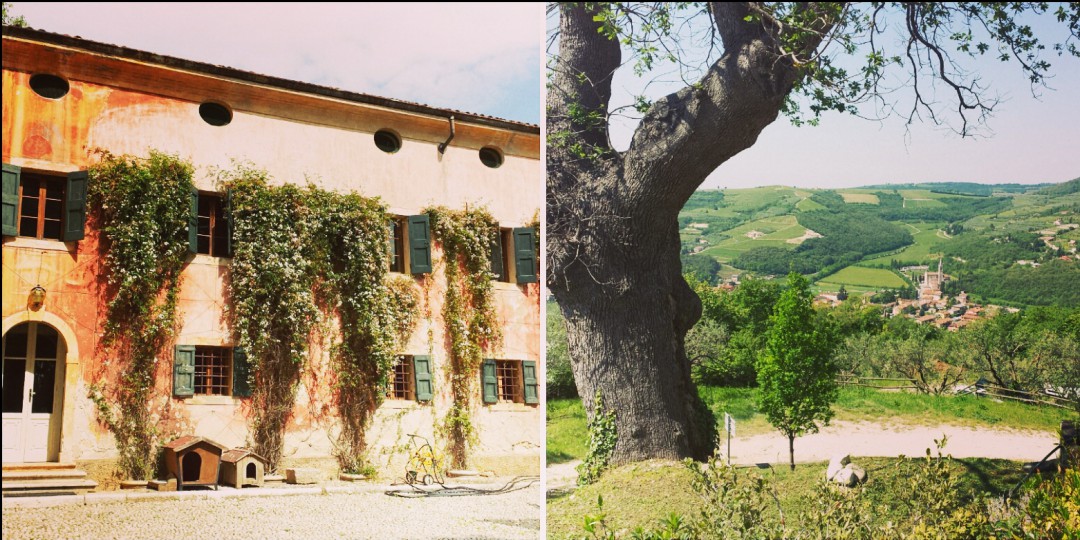Photo credit: Claude Rigoulet
In my previous life as a winery sales manager I used to do lots of in-store tastings. They required a lot of standing around, and serving consumers wine in terrible conditions…too warm, in awful little plastic cups, in overly hot or cold store aisles…not ideal. You do learn a lot about different cultures and how we drink wine.
In the UK, people will partake any time of day. A free sample is a free sample. They won’t necessarily hang around to hear your shtick about the wine and they probably won’t buy a bottle, but they will happily take the proffered glass. Whenever.
French people will take the glass, sniff and swirl, and then proceed to tell you about their cousin so and so who has a vineyard in the Beaujolais, or their buddy in Paris who is a caviste (wine merchant). They want to make sure that you know that they are “connected”, and that you can’t pull the wool over their eyes.
In North America, it all depends on when you are offering. Before 3pm the majority of people will turn down your wine sample with a shocked “I’m driving” or “I’m in the middle of my work day”…as though a thimble full of wine will suddenly turn them into deranged, drunken lunatics. However, come mid-afternoon, the driving stress somehow goes out the window and everyone takes a glass.
…as though a thimble full of wine will suddenly turn them into deranged, drunken lunatics
Business lunches are more of the same. In France, if you go out for a meal, you drink wine. Period. This side of the Atlantic, if people do accept a glass of wine before 5pm, they generally feel the need to justify their sinful behaviour, along the lines of: “It’s almost Friday” or “It must be six o’clock somewhere”, followed by a nervous chuckle.
This is not to say that North Americans are repressed, or that Europeans are more liberated. It is simply a reflection of wine’s role in different societies. My husband is French. He grew up with wine on the table at every meal. Aside from special occasions, wine was consumed in moderation to slake thirst and punctuate conversation.
Guillaume’s take on wine is one that I wish more people shared. He sees wine as a condiment; something to be used to flavour your food. A seasoning agent, if you will, to be consumed in much the same way as mustard in a sandwich.
He sees wine as a condiment; something to be used to flavour your food.
Wine is increasingly being taken out of context; evaluated on its own and consumed separately from food. The intoxicating effects of wine are overly glorified or demonized, so that many see this as its principal attribute.
But wine is so much more…
One of the many things that sets it apart is its interaction with food. Tannin binds with and softens proteins in meat, intensifying their rich savoury flavours and reducing the astringency of the wine. Acidic sensations from lemon or tomato based dishes can be tempered by pairing with an equally acidic wine. Certain aromas or flavours can be underscored by matching with similarly scented wines.
Olive oil tastes rich and delicious on its own, but sprinkle a pinch of sea salt on it and the flavour comes alive. This is what wine and food can and should be to each other. Just think of the briny tang of oysters washed down with fine Champagne bubbles…
Olive oil tastes rich and delicious on its own, but sprinkle a pinch of sea salt on it and the flavour comes alive. This is what wine and food can and should be to each other.
A number of years ago, my husband and I were in Piedmont for the annual Fiera del Tartufo (truffle festival). The white truffle is one of my all time culinary favourites. There are few flavours out there that can rival this pungently earthy, yet delicately refined taste. The mamma at our guest house overheard our rhapsodising and sent us off truffle hunting with her winemaker neighbour Luigi and his truffle dog. Bilbi proved a valiant beast, quickly unearthing several nuggets of white gold.
What came next was an evening I won’t soon forget.
Luigi took us to his cellar to taste his latest vintage of pleasant yet fairly rustic Grignolino and Barbera wines. Then on to dinner. Luigi’s charming wife had prepared a simple, creamy white risotto. After passing around the plates, she proceeded to shave great mounds of white truffle on each bowl. Luigi brought out his Barbera d’Asti Superiore. What had seemed a fairly ordinary wine in the winery was suddenly transformed. It seemed richer and rounder, with more earthy nuances and brighter fruit. Each bite of risotto called for another sip, and each sip, another bite.
I could recount a hundred tales like this but I’d sooner let you discover this pleasure for yourself. On the menu tonight, caramelized onion and gruyère quiche. I am thinking that a rich, smoky Alsatian Pinot Gris might just do the trick.

